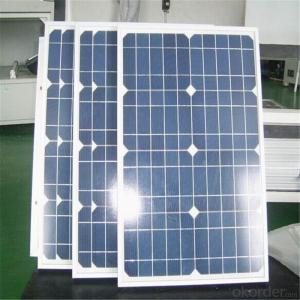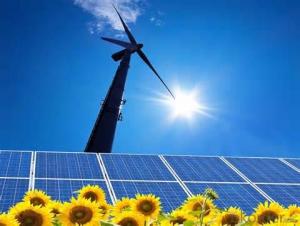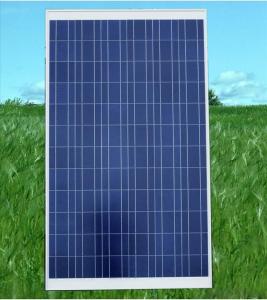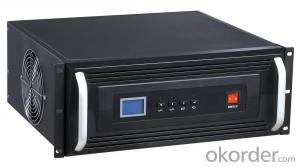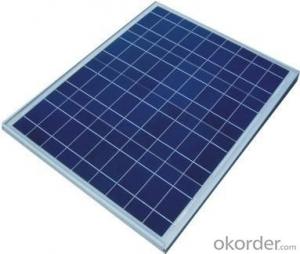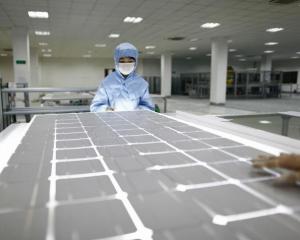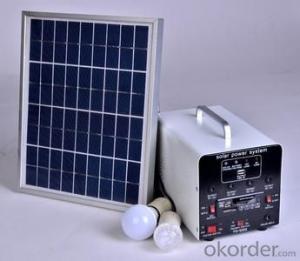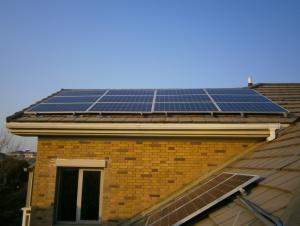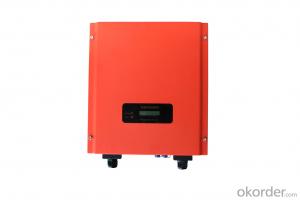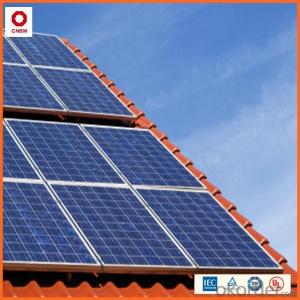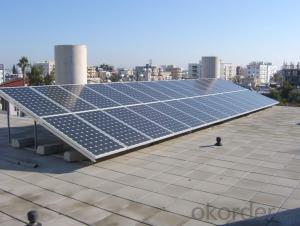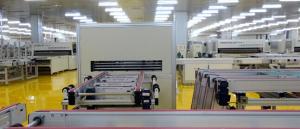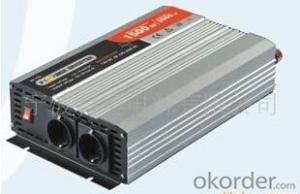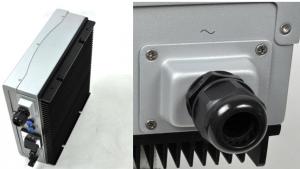Pv1800 Solar Inverter
Pv1800 Solar Inverter Related Searches
Solar Inverter Pv1800 1800 Watt Solar Inverter Pv Solar Inverter Solar Pv Inverter 18kw Solar Inverter Pv3500 Solar Inverter Pv Powered Solar Inverter Aeg Pv 2800 Solar Inverter Pcs Solar Inverter Best Solar Pv Inverter Solar Pcu Inverter Solarmax 18mt3 Solar Inverter Pwm Solar Inverter Power Solar Inverter 2000va Solar Inverter Portable Solar Inverter 240v Inverter Solar 240v Solar Inverter Portable Solar Power Inverter 48v Solar Inverter Solar 800 Watt Power Inverter Solar Pv Inverter Price Portable Solar Panel Inverter Solar Inverter Pcb Kit Solar Inverter 240v Powmr Solar Inverter Best Inverter For Solar Pv 1500v Solar Inverter 120v Solar Inverter Epever Solar InverterPv1800 Solar Inverter Supplier & Manufacturer from China
The Pv1800 Solar Inverter is a high-performance solar power conversion device that is designed to efficiently convert solar energy into usable electrical power for various applications. This advanced inverter is equipped with cutting-edge technology, ensuring optimal energy output and reliability. It is specifically engineered to handle the demands of solar power systems, making it an essential component for harnessing the power of the sun.The Pv1800 Solar Inverter finds its application in a wide range of scenarios, including residential, commercial, and industrial settings. It is particularly useful for powering homes, businesses, and even large-scale solar farms. By converting the energy captured by solar panels into electricity, this inverter plays a crucial role in reducing reliance on traditional energy sources and promoting sustainable energy practices. Its versatility and efficiency make it a popular choice among those looking to invest in renewable energy solutions.
Okorder.com is a leading wholesale supplier of the Pv1800 Solar Inverter, boasting a substantial inventory to cater to the growing demand for this product. As a reputable online platform, they offer competitive prices and excellent customer service, ensuring that customers receive the best value for their investment. By partnering with Okorder.com, customers can be confident in the quality and performance of their Pv1800 Solar Inverter, knowing that they are backed by a reliable and trustworthy supplier.
Hot Products




